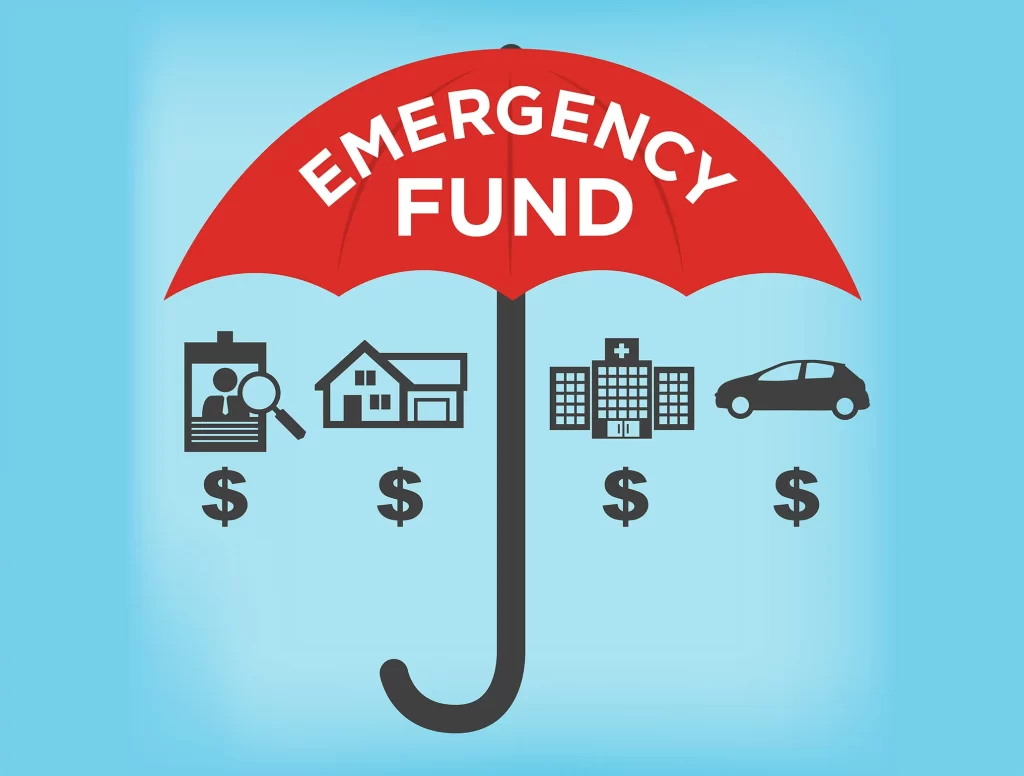
- tanyataylor
- Personal Finance
Emergency Funds – Do I Really Need One?
Three tips on building an emergency fund
According to the National Bureau of Economic Research, the U.S. economy is officially in a recession. The recession they indicated began in February 2020, ending the longest economic expansion in U.S. history. It defines a recession as “a decline in economic activity that lasts more than a few months.”. One of the best strategies for preparing for this downturn, is to establish an emergency fund. An emergency fund is cash set aside for a large unplanned event such as job loss, illness, or appliance breakdown. If you want to save yourself the headache and uncertainty in an emergency, you should create an emergency fund. Here are three questions to answer when building an emergency fund.
- What is the right amount?
The rule of thumb is to have three to six months of living expenses. The best way to determine this, is to take an inventory of your critical monthly expenses. Examples of these expenses include mortgage or rent, utilities, cellphone and any medication that you pay for out of topic. Take the total of the monthly expenses and multiply it by 6. This should be the milestone that you are trying to achieve.
Related article: America’s Retirement Planning Crisis: How to Start Now?
- How to build the emergency fund
There are a number of ways to identify financial resources for building your emergency fund. In the blog Ten Quick Ways to Find Money in Your Budget, there is an opportunity to tap into hundreds of dollars in your monthly budget that can be used towards building your emergency fund.
Other easy ways to build your emergency fund includes getting a second job temporarily until you achieve your milestone. The least preferable method would be to reduce contributions to your retirement plan, and allocate the money towards the emergency fund, having a specific timeline for completion. Once you have achieved this goal, you resume contributing to your retirement plan. The next natural question would be where to keep the fund?
- Where to keep these funds
It is very important that you do not commingle your emergency funds with any existing bank account. While you want to have the funds accessible in an emergency, it should not be readily available where you become tempted to borrow from it during a period of financial stress, since chances are that it will not be reinstituted. Some good ways to avoid touching this money, except for a true emergency, is to put it in a short term low risk investment vehicle like a money market fund or bond fund. You can also keep this money in an online account, or an account that is not linked to your debit card.
Consider using some of the monies received from the American Rescue Plan to set aside for this emergency fund.

